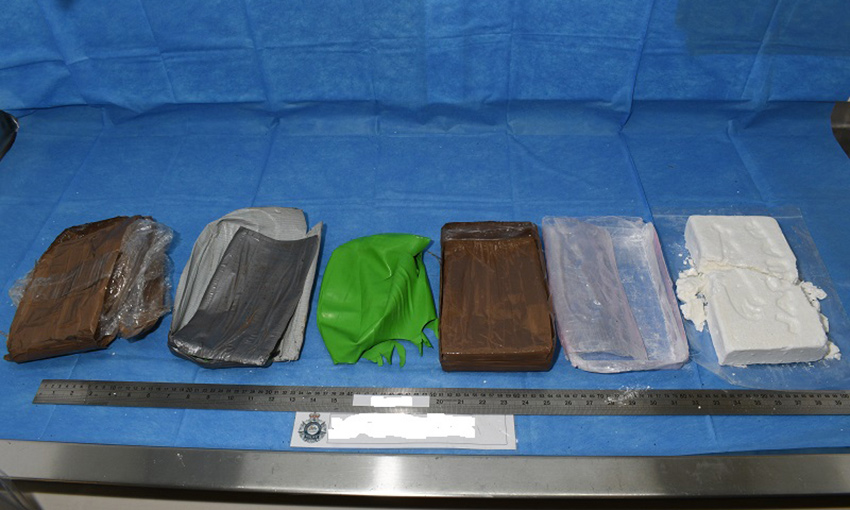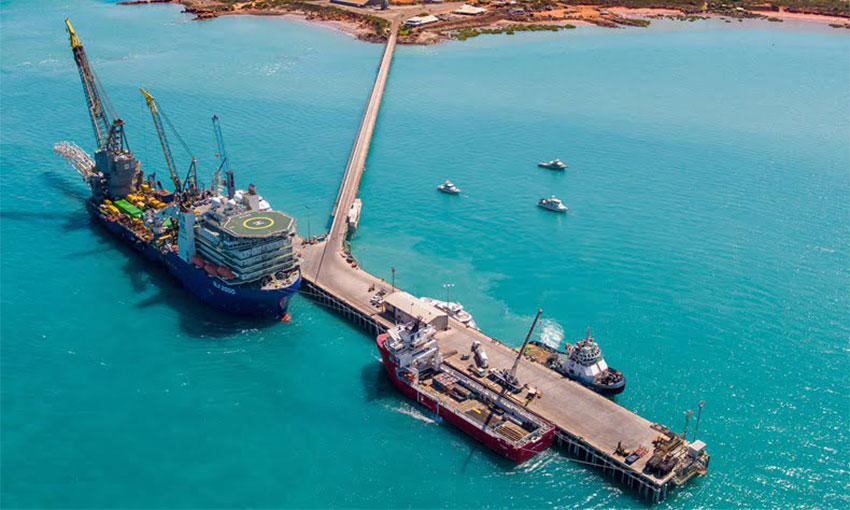MANY of you would be aware that one of my professional dreams is for the Customs Act 1901 to be replaced with a new version written to modern regulatory standards. Those affected would not then be relying on legislation whose origins stretch back to Federation (and even from the States Customs Acts before Federation).
The act has been regularly amended and expanded to the point that it seems to be ready to burst and its form certainly does not aid ready comprehension, which is one of the aims of legislation. Complexity of legislation can be considered as a “non-tariff barrier”, especially for small and medium-sized enterprises.
Further, even the Australian Law Reform Commission has formed the view that the act warrants replacement. The government’s position has been that the act is regularly amended as needed and is “fit for purpose”.
My response has always been that legislation is regularly replaced with more contemporary versions, such as our own Biosecurity Act 2015 (replacing the Quarantine Act 1908) and in New Zealand’s contemporary Customs and Excise Act, which were adopted with extensive industry engagement. In neither case has the world collapsed or the new legislation found to be not fit for purpose.
However, accepting that there is not the governmental resolve for a comprehensive re-write of the act, the current initiatives to “modernise”, “simplify” and “de-regulate” the regulation of the supply chain have been welcomed. Many of us have been engaged in consultations on a variety of proposed initiatives and the past two federal budgets have included funding for work to be advanced by a number of border agencies and the creation of the new “Simplified Trade Taskforce”.
One of the initiatives proposed in the 2020-21 Federal Budget was the construction of a “Regulatory Sandbox” which would enable government to establish a regime where selected parties could transact their business in a way not currently allowed by the terms of the act for a limited period without liability to assess whether such alternative regimes would better facilitate trade without compromising government revenue, border controls or security levels.
Following preliminary discussions with members of industry (including myself), the Australian Border Force yesterday (12 October) released an exposure draft of legislation intended to allow the construction of the Regulatory Sandbox and prescribing the terms of its operation.
The exposure draft and other explanatory material is to be found on the Department of Home Affairs website and includes the draft bill and explanatory statement.
That part of the website referring to the exposure draft describes the proposal as below.
As a part of the Government’s Simplified Trade System agenda, the Australian Border Force (ABF) is developing a legislative and governance framework to support trials of new practices under the Customs Act 1901 (the Customs Act) and associated regulations. The proposed framework will enable time limited trials with approved entities in a controlled regulatory environment. The proposed amendments to the Customs Act are captured in the Customs Amendment (Controlled Trials) Bill 2021 (Controlled Trials Bill).
The Controlled Trials Bill seeks to encourage innovation in developing best practice regulation through testing new business practices and technologies before committing to legislative change. This will assist Government in simplifying the Australian customs framework whilst maintaining, and achieving, Australia’s border security objectives. The Controlled Trials Bill is an important enabler for the whole-of-Government Simplified Trade System agenda.
The Controlled Trials Bill would amend the Customs Act to allow the Comptroller-General of Customs to waive or vary requirements under the Customs Act or create new obligations to enable a controlled trial. The new legislative framework would set out the requirements for establishing, and approving an entity’s participation in, a trial, and would also specify the circumstances in which an entity’s participation in a trial may be varied, suspended or revoked.
It is noteworthy that the “controlled trial” would not allow alternative arrangements for all parties or for all parts of the Act. The areas which are permitted for operation in the “controlled trial” would only relate to
- Part IV Imports (excluding prohibited imports);
- Part VI Exports (excluding prohibited exports);
- Parts IVA – Depots;
- Part V – Warehouses;
- Part VIA – Electronic Communications;
- Part XI – Agents and Customs Brokers; and
- Part XVA – Tariff Concession Orders.
However, even with that limitation, there is significant scope for reviewing many of the provisions of the act which have created issues for industry and government over time. The exciting aspect for industry is to see what proposals are intended to be tested in the “controlled trials” conducted through the Regulatory Sandbox. Comment on the exposure draft is sought from interested parties until the close of business on 18 October 2021. The final bill would then be subject to preparation for introduction into Parliament.
Even though there is only a limited time to comment, the fact that an exposure draft and explanatory statement has been released is a cause for optimism that engagement with industry is going to improve as promised by government and its agencies in this important interaction at the border. More details will be shared as they come to light but I would encourage interested parties to make comment on the scheme which represents a novel and welcome option for reform to be conducted.





